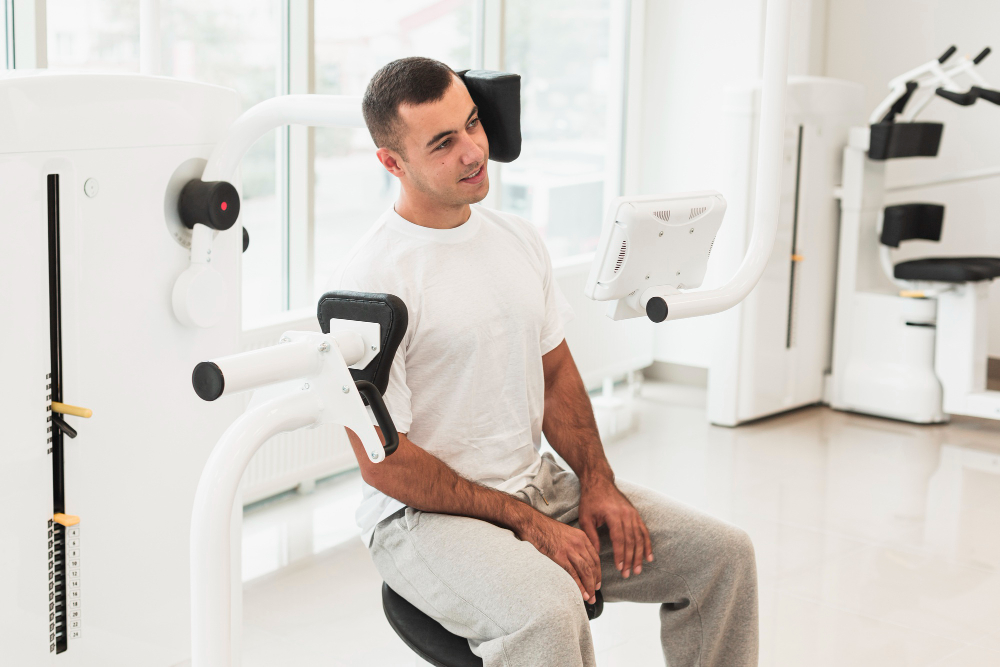
Last updated on by MRC
Genicular nerve blocks are interventional pain management procedures designed to alleviate chronic knee pain. The knee joint receives sensory input from branches of the genicular nerves, and blocking these nerves can provide targeted relief.
There are three main branches of genicular nerves targeted in genicular nerve blocks:
Genicular nerve blocks can be performed using either ultrasound (USG) or fluoroscopy guidance. These techniques help ensure precise needle placement for accurate targeting of the genicular nerves.
Local anesthetics, such as lidocaine or bupivacaine, are commonly used in genicular nerve blocks to temporarily interrupt pain signals. Corticosteroids may also be added to reduce inflammation and provide longer-lasting relief. For an even longer duration of effect in select patients alcohol or phenol is used.
Genicular nerve blocks are indicated for chronic knee pain conditions, especially when conservative measures like medications and physical therapy are insufficient. Common conditions include osteoarthritis, post-surgical pain, and inflammatory joint disorders.
Some people may be contraindicated for genicular nerve blocks. Individuals with
Additionally, patients with uncontrolled medical conditions may need careful evaluation before the procedure.
While genicular nerve blocks are generally considered safe, potential complications may include bleeding, infection, or an allergic reaction to the medications used. These risks are minimized through careful patient selection and adherence to aseptic techniques.
Post-procedural care involves monitoring for any adverse effects and assessing the duration of pain relief. Patients typically undergo a series of genicular nerve blocks for optimal and sustained outcomes. The need for additional interventions or adjustments to the treatment plan is evaluated during follow-up appointments.
Genicular nerve blocks play a crucial role in multimodal multidisciplinary rehabilitation by providing targeted relief in the early stages of treatment. By reducing pain, these blocks enhance patients’ ability to actively participate in physical therapy and other rehabilitation modalities. This integrated approach addresses both the symptomatic and functional aspects of knee pain, promoting a comprehensive recovery.
In summary, genicular nerve blocks serve as a valuable tool in the management of chronic knee pain, offering a targeted and minimally invasive intervention. Their integration into a broader rehabilitation strategy underscores the importance of a multidisciplinary approach in optimizing outcomes for individuals suffering from knee-related disorders.









